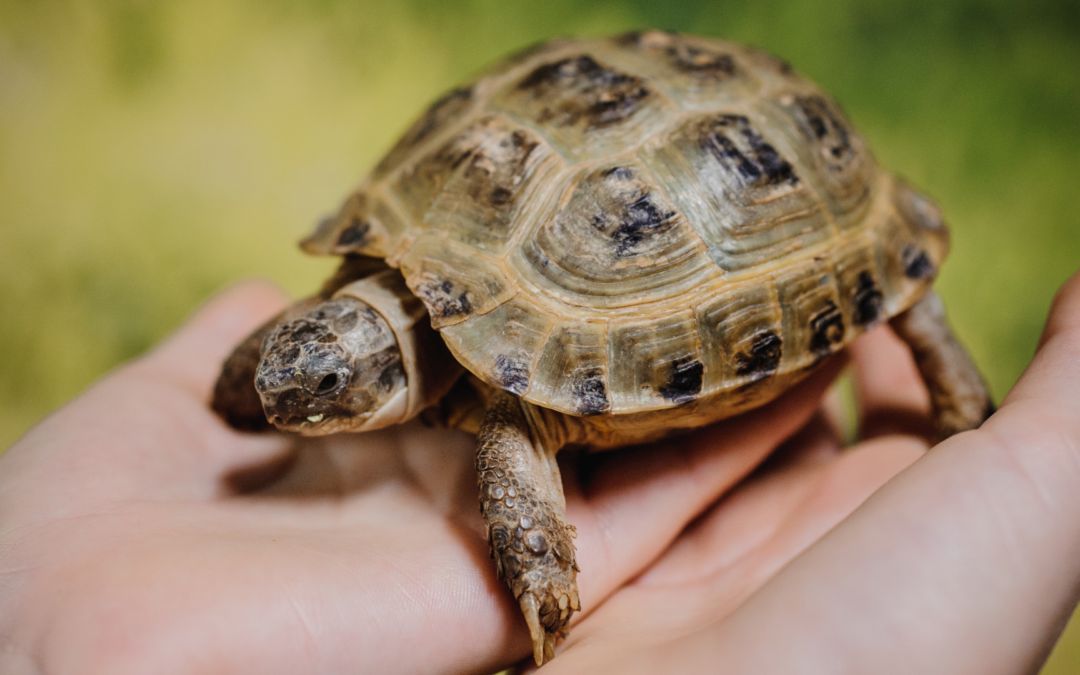As a veterinarian with years of experience in wildlife rehabilitation, I’ve encountered countless cases like Timmy’s that remind me of the delicate balance between humans and nature. These fascinating creatures, with their slow, deliberate movements and ancient lineage, have captured the imaginations of many. However, despite their allure, turtles are best left in the wild. Keeping turtles as pets is not only detrimental to their health but is also, in many regions, against the law.
Turtles, particularly those native to the wild, face numerous challenges when they are taken from their natural habitats and placed in captivity. Their specialized needs—ranging from specific dietary requirements to precise environmental conditions—are difficult to replicate in a home setting. A turtle in the wild might traverse several miles in search of
food, water, or a mate. In captivity, their movement is restricted, often leading to physical and psychological stress.
One of the most common issues we encounter in veterinary practice is metabolic bone disease, a condition caused by an imbalance of calcium and phosphorus, often exacerbated by inadequate UVB lighting in captivity. Without the proper spectrum of UV light, turtles cannot synthesize vitamin D3, crucial for calcium metabolism. This can lead to soft shells, deformities, and even death. Additionally, many pet turtles suffer from respiratory infections due to inappropriate humidity levels, diet deficiencies and inadequate tank hygiene.
The illegal pet trade further exacerbates these issues. Despite regulations, many turtles are still captured from the wild and sold in markets. This not only diminishes wild populations but also disrupts local ecosystems. Turtles play a vital role in their habitats, often as scavengers and predators, helping maintain the ecological balance. Removing them can have cascading effects, impacting other species and the environment at large.
In our rehabilitation center, we see turtles that have been injured by vehicles, attacked by predators, or entangled in fishing lines. Many of these turtles require extensive care, including shell repair or amputations. The last turtle we received suffered from shell rot, a condition that, while extremely rare in the wild, is quite common in pet turtles due to inadequate care and poor living conditions. Shell rot can lead to severe infections and is often a sign of chronic neglect. I wonder if he had been released and was traveling to find his home territory.
While our goal is to nurse these turtles back to health and release them, rehabilitation is complex. It requires a thorough understanding of their natural history, expert care, and often, a significant amount of time. A turtle’s recovery can span months, if not years, and each step must be meticulously managed to ensure they can survive once back in the wild.
It’s important to note that many regions have strict laws against keeping native turtles as pets. These regulations are in place to protect both the turtles and their ecosystems. Violating these laws can result in hefty fines and other legal consequences. More importantly, these laws reflect the ethical responsibility we have to preserve wildlife and their natural habitats.
At our wildlife rehabilitation center, we dedicate ourselves to the care and recovery of injured turtles and other wildlife. While we do accept donations to support our work, these contributions cover only a fraction of the actual costs involved in the rehabilitation process. This financial gap is significant, which is why we kindly request that individuals refrain from calling in for updates during the initial three weeks of care. This period is critical as it allows us to focus on the animal’s needs without interruption. Once the case is closed or we have a clear prognosis, we will gladly provide updates on the turtle’s progress.
So, what can you do if you’re fascinated by turtles but want to ensure their well-being? Engage in responsible wildlife watching. Visit local nature reserves or wildlife rehabilitation centers where you can learn about turtles and their habitats. Support conservation efforts aimed at protecting these creatures and their environments. If you find a turtle in need of help, contact a licensed wildlife rehabilitator who can provide the necessary care and ensure a safe release back into the wild.
Timmy’s journey back to health was long and arduous, but his story is a testament to the resilience of these remarkable creatures. By respecting their natural habitats and supporting rehabilitation efforts, we can ensure that turtles like Timmy continue to thrive in the wild, where they belong. Let’s appreciate these creatures not as pets, but as integral parts of our planet’s biodiversity, deserving of our protection and respect.
Dr. MJ Wixsom, DVM MS, is a dedicated veterinarian with extensive experience in wildlife rehabilitation and a passion for educating the public about the importance of wildlife conservation.

